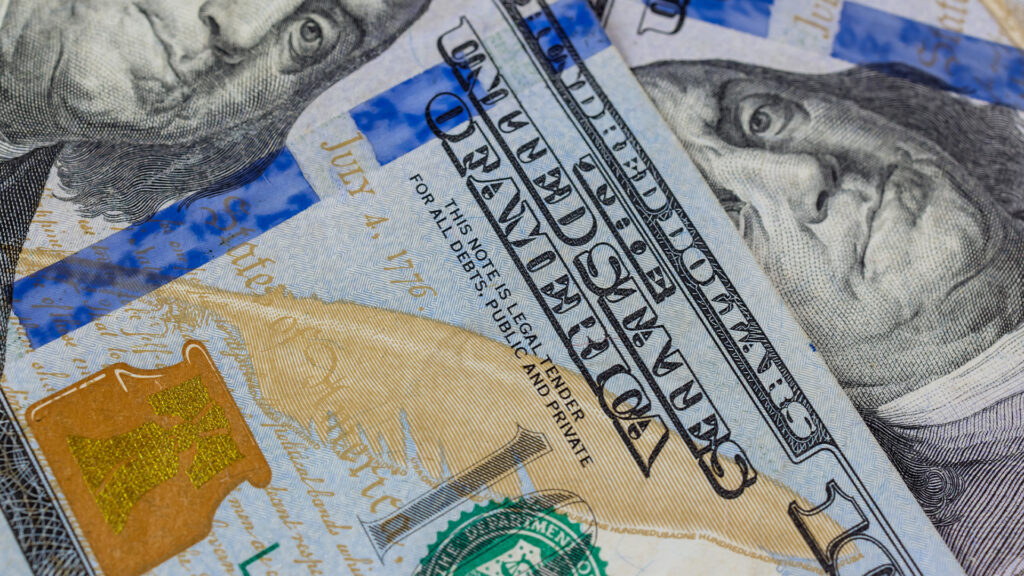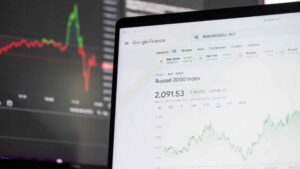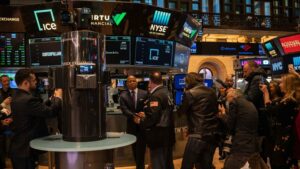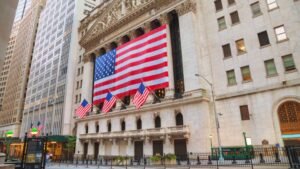The latest forex moves show the US dollar recovered after a major decline, initially triggered by the speech of Fed Chairman Jerome Powell, which he gave during his Jackson Hole address.
Powell’s speech was mainly focused on a potential rate cut in the FOMC’s upcoming meeting in September, which has triggered a risk-on mood in markets.
USD Remains Pressured
The US dollar recovered some of its losses that were made during the major sell-off that happened on August 22nd when the US dollar index fell 1%, erasing last week’s gains. Fed Chair Powell’s speech stated risks to the labor market and inflation concerns.
He also announced changes to the Fed’s approach to inflation. Previously, the Fed used what’s called “average inflation targeting”, meaning if inflation had been below target for a while, they would allow it to run higher than the target for some time to make up the difference. Powell confirmed that this strategy is being dropped, moving instead to a simpler inflation target without looking back at past shortfalls.
Upcoming US economic data, including preliminary Q2 GDP and core PCE index are expected to bring in more volatility for the US dollar. A rise in jobless claims of 235,000 last Thursday has reached an 8-week high, indicating softness in the labor market, leading to more challenges for the Fed to maintain its dual mandate. The CME FedWatch tool shows an 85% chance of a rate cut in September. ⁽¹⁾
Australian Dollar Rises on Risk-On Sentiment
The Australian dollar continued to rise against the US dollar, extending gains from the previous session due to the dovish Fed. The AUD also rose on hopes that the RBA will be cautious towards monetary policy changes, with a rate hold expected in the September meeting and a rate cut in November.
Monetary policy changes should be guided by incoming data on a meeting-by-meeting basis, minutes from the Reserve Bank of Australia’s August meeting showed.
Members highlighted reasons for a gradual pace of easing, including still-tight labour conditions, inflation projected slightly above the midpoint of the target range, and signs of recovering private demand.
At the same time, they acknowledged circumstances that could warrant faster cuts, such as a balanced labour market or downside risks from the global economy. ⁽²⁾
EUR & GBP Lack Momentum
EUR/USD extended its reversal from Friday’s highs at 1.1742, to levels below 1.1700 ahead of the US session opening on Monday. A slightly better-than-expected Business Climate reading in Germany has failed to support the Euro, which is still holding most of the gains taken on Friday, following the dovish turn from the Fed.
The Pound Sterling also declined alongside the Euro. BOE Governor Andrew Bailey said a combination of weak productivity and a poor labor-force participation rate have left the UK economy with difficult challenges.
Yen Eases Despite Hawkish BOJ
The Japanese Yen eased gains after rising more than 1% on August 22, giving back gains from the previous session despite hawkish comments from Bank of Japan Governor Kazuo Ueda.
Speaking at the Federal Reserve’s Jackson Hole conference on Saturday, Ueda said wages in Japan are expected to rise further amid a tightening labor market, signaling confidence that conditions for another interest rate hike are coming together. ⁽³⁾
The BOJ has paused its rate hike cycle due largely to concerns over the impact of US tariffs on Japan’s export-driven economy. At its July meeting, the central bank held rates steady but raised its inflation forecasts and delivered a more upbeat economic outlook, sustaining expectations for another rate increase later this year.



